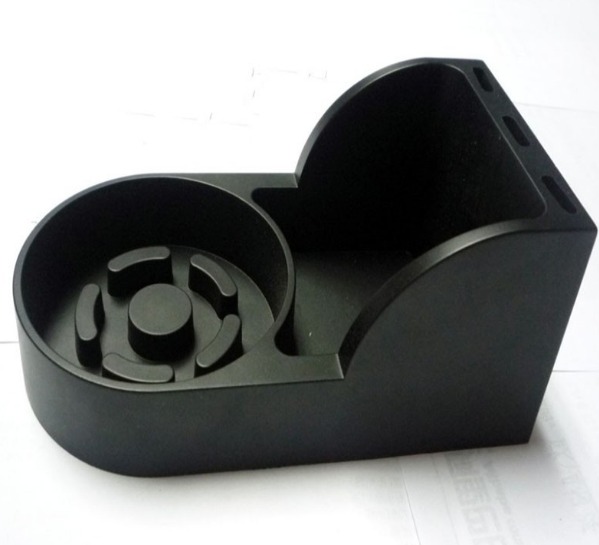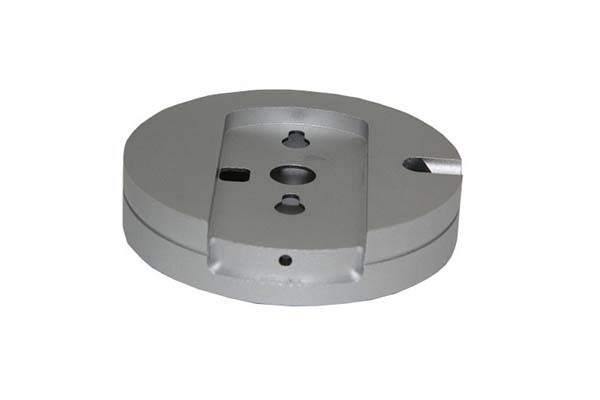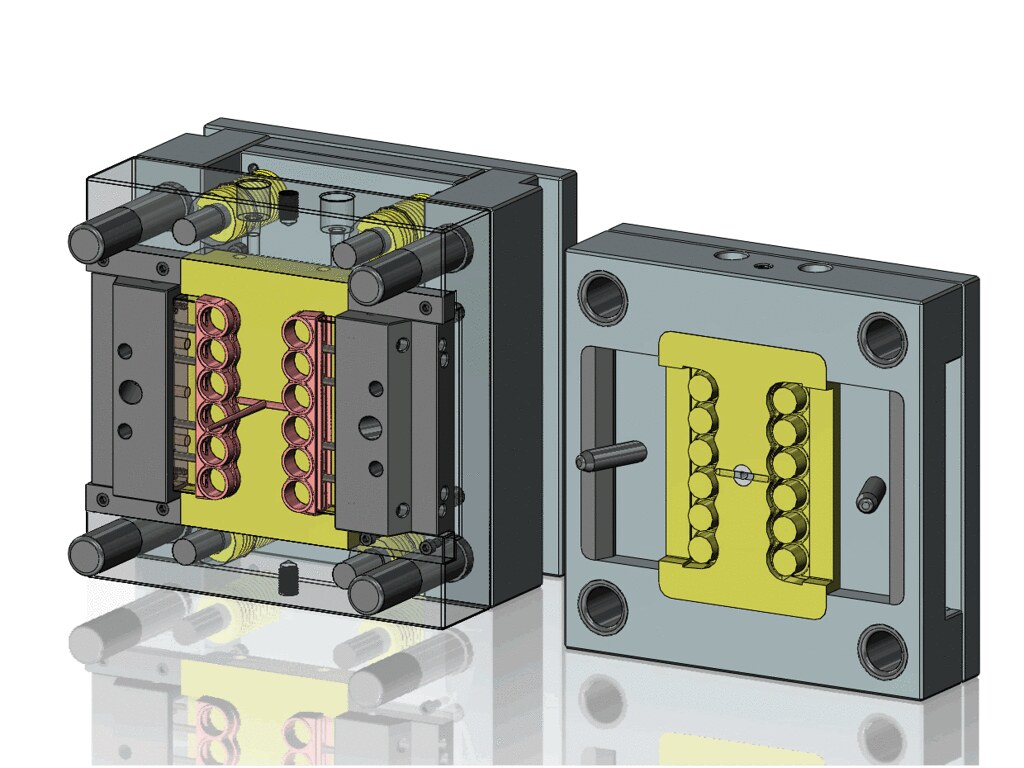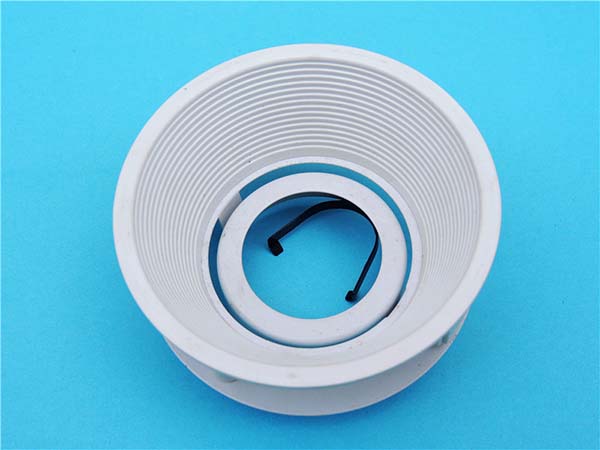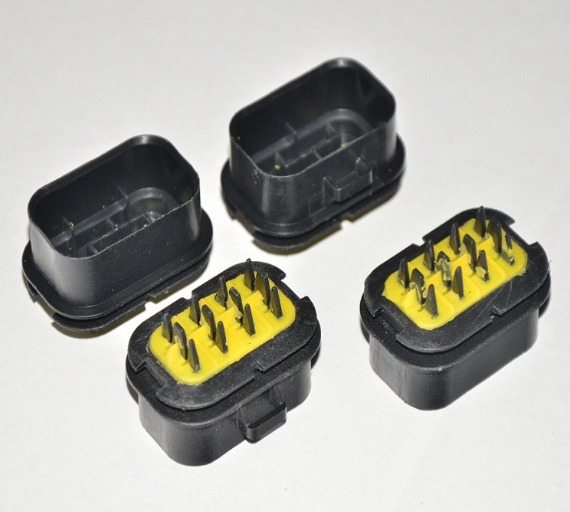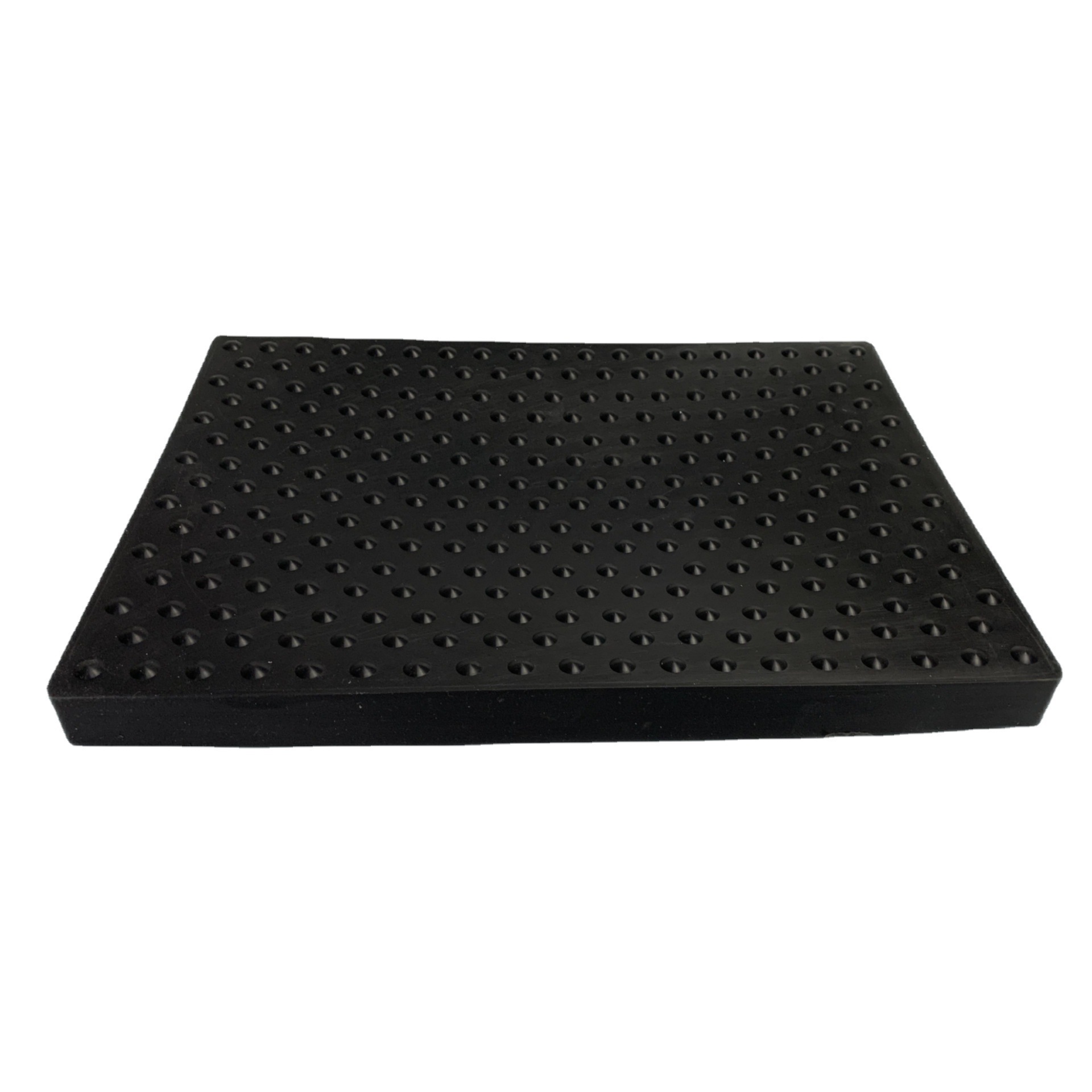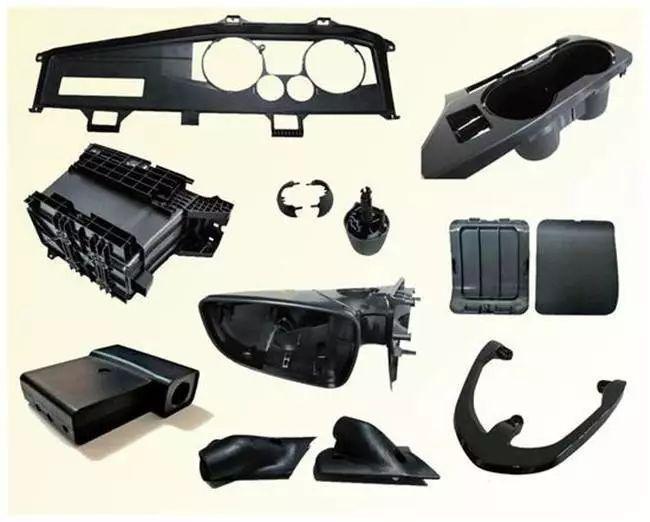What is Injection Moulding?
Injection moulding is a widely used manufacturing process for producing a vast array of plastic products. At its core, the process involves injecting molten material, typically plastic, into a mold cavity. Once the mold is filled, the material cools and solidifies, taking on the precise shape of the mold interior. This hardened piece is then ejected, and the cycle repeats.
The injection moulding process is highly versatile, capable of creating products with complex geometries and high precision. From small, intricate components like electronic connectors to large, robust items such as automotive bumpers, injection moulding can handle it all. The materials used in injection moulding are equally diverse, with various types of plastics being the most common. For instance, ABS (Acrylonitrile Butadiene Styrene) is popular for its strength and heat resistance, making it suitable for applications like household appliance casings. Polypropylene, on the other hand, is known for its flexibility and chemical resistance, often used in packaging and automotive interior parts.
The basic components of an injection moulding system include an injection unit, a clamping unit, and the mold itself. The injection unit is responsible for melting the plastic material and injecting it into the mold. It typically consists of a hopper, which feeds the plastic pellets into a heated barrel. Inside the barrel, a screw or plunger mechanism rotates or moves back and forth to melt the plastic through heat and mechanical action. Once melted, the plastic is forced through a nozzle and into the mold cavity.
The clamping unit plays a crucial role in keeping the mold closed during the injection process. It applies a significant amount of force to prevent the mold from opening due to the high pressure of the injected plastic. After the plastic has cooled and solidified, the clamping unit releases the mold, allowing the finished product to be ejected.
The mold is the heart of the injection moulding process, as it determines the shape and features of the final product. Molds can be incredibly complex, with multiple cavities, movable parts, and intricate details. They are usually made of high - quality steel or aluminum to withstand the high temperatures and pressures involved in the process.
The Working Principle of Injection Moulding
The injection moulding process can be broken down into several key steps, each of which is crucial for producing high - quality plastic products.
1. Material Feeding
The process begins with material feeding. Plastic granules, which are the most common raw material in injection moulding, are poured into the hopper of the injection moulding machine. The hopper is designed to store and supply the plastic granules steadily to the heating barrel. Gravity usually plays a role in guiding the granules from the hopper into the barrel. Some advanced injection moulding machines may also be equipped with feeding mechanisms that can precisely control the amount of material fed, ensuring consistent product quality. For example, if a particular product requires 50 grams of plastic per injection cycle, the feeding system can be adjusted to deliver exactly that amount.
2. Melting and Plasticizing
Once inside the heating barrel, the plastic granules start the melting and plasticizing process. The barrel is surrounded by heating elements, which can reach temperatures ranging from 150°C to 350°C, depending on the type of plastic. As the granules move forward along the barrel with the rotation of the screw, they are subjected to both heat from the barrel walls and mechanical shear forces generated by the screw. This combination causes the plastic to gradually soften and melt, transforming from solid granules into a highly viscous, flowable molten state. For instance, polypropylene has a melting point around 160 - 170°C, so the barrel temperature for processing polypropylene would be set slightly above this range to ensure complete melting.
3. Injection
After the plastic is fully melted and plasticized, the injection phase commences. The screw, which has been rotating to melt the plastic, now acts as a piston. High - pressure hydraulic systems in the injection moulding machine exert a significant force on the screw, pushing it forward. This forces the molten plastic at high pressure, typically in the range of 50 - 200 MPa, through the nozzle and into the closed mold cavity. The speed and pressure of injection are carefully controlled variables. Faster injection speeds may be used for thin - walled products to ensure complete filling before the plastic starts to cool, while slower speeds might be chosen for products with complex geometries to prevent air entrapment or flash formation.
4. Cooling and Solidification
Once the mold cavity is filled with the molten plastic, the cooling and solidification stage begins. This is a critical step as it determines the final shape and quality of the product. The mold is usually connected to a cooling system, often a network of channels through which cool water or other cooling media circulate. The heat from the molten plastic is transferred to the mold and then dissipated through the cooling media. As the plastic cools, it gradually solidifies, taking on the exact shape of the mold cavity. The cooling time varies depending on factors such as the thickness of the product, the type of plastic, and the efficiency of the cooling system. For a small, thin - walled plastic part, the cooling time might be as short as a few seconds, while a large, thick - walled component could require several minutes to cool and solidify properly.
5. Ejection
After the plastic has cooled and solidified sufficiently, the mold opens, and the ejection process takes place. Ejector pins, which are located within the mold, are activated. These pins push against the product, forcing it out of the mold cavity. The ejected product is then either collected manually or by an automated system for further processing, such as trimming excess plastic (flash), quality inspection, or assembly with other components. In some cases, the ejected parts may need to be post - processed, for example, having holes drilled or surfaces polished, depending on the final requirements of the product.
Key Components in Injection Moulding
Injection Moulding Machine
An injection moulding machine is a complex piece of equipment with several main components, each playing a vital role in the injection moulding process.
- Injection Unit: This is where the magic of melting and injecting the plastic begins. The hopper, as mentioned earlier, stores and feeds the plastic granules into the heated barrel. The barrel is equipped with multiple heating zones, allowing for precise temperature control along its length. For example, the rear part of the barrel may be set at a lower temperature to pre - heat the incoming plastic granules gently, while the front part closer to the nozzle has a higher temperature to ensure the plastic is fully molten and ready for injection. The screw inside the barrel not only rotates to melt the plastic but also serves as a piston during injection. It can be designed with different geometries, such as a standard screw with a constant pitch or a variable - pitch screw for better plasticizing of different types of plastics.
- Clamping Unit: The clamping unit is responsible for holding the mold firmly closed during injection. It consists of tie - bars, a moving platen, and a fixed platen. Hydraulic cylinders are commonly used to generate the clamping force. The clamping force required depends on the size of the mold and the projected area of the product in the mold. For a large - scale injection moulding machine used to produce automotive parts, the clamping force can reach up to thousands of tons. This high - force clamping ensures that the mold does not open under the high - pressure injection of the molten plastic, preventing flash (excess plastic seeping out between the mold halves) and ensuring the proper formation of the product.
- Control System: Modern injection moulding machines are equipped with advanced control systems. These can be either programmable logic controllers (PLCs) or computer - numerical control (CNC) systems. The control system monitors and adjusts various parameters during the injection moulding process, such as injection speed, injection pressure, melt temperature, and cooling time. For instance, if the temperature of the plastic in the barrel deviates from the set value, the control system can automatically adjust the heating elements to bring it back to the correct temperature. It also enables operators to set different process parameters for different products, saving time and effort when switching production runs.
Moulds
Molds are the templates that give the plastic its final shape. They are highly customized and can be extremely complex depending on the product requirements.
- Cavity: The cavity is the hollow space within the mold that defines the outer shape of the product. It is designed with great precision to match the exact dimensions and features of the desired plastic part. For example, if a product has intricate surface details like fine texturing or small holes, the cavity will be machined to replicate these features accurately. Cavities can be single - cavity (producing one part per cycle) or multi - cavity (producing multiple identical parts per cycle), which is more efficient for high - volume production.
- Core: The core is the part of the mold that forms the internal features of the product. It is inserted into the cavity during the molding process. For products with internal holes or recesses, the core is shaped accordingly. Cores can be fixed in place or movable, especially in cases where the product has undercuts (areas that cannot be removed from the mold in a simple straight - line motion). Movable cores are often used in more complex mold designs to allow for the creation of complex internal geometries.
- Gate and runner: The gate is a narrow passage connecting the runner and the cavity, controlling the speed and flow rate of plastic entering the cavity. Different types of gates, such as point gates, side gates and needle point gates, are suitable for different products and mold designs. Point gates are usually used for small and precise products because they can leave very small gate marks on the products. The side gate is more suitable for large products and can provide a greater plastic flow rate. The runner is the channel that conveys molten plastic from the nozzle of the injection molding machine to the gate. Its design should ensure that the plastic can flow uniformly and rapidly while minimizing pressure loss as much as possible. The runner system can be a cold runner, that is, the plastic in the runner needs to be cleaned after each injection molding. It can also be a hot runner. By heating, the plastic inside the runner is kept in a molten state all the time, reducing material waste and improving production efficiency.
Yigu Technology's Perspective
As a non - standard plastic metal products custom Supplier, Yigu Technology has rich experience in the injection moulding field. We place great emphasis on quality control. From the selection of raw materials, we only source high - quality plastics and metals to ensure the durability and performance of the final products. Our in - house quality inspection team strictly monitors each production step, from the initial material inspection to the final product testing. For example, we use advanced testing equipment to check the dimensional accuracy of injection - moulded parts, ensuring that they meet or exceed industry standards.
Customization is another core value for us. We understand that each customer has unique requirements. Whether it's a complex plastic component for the electronics industry or a metal - plastic composite part for the automotive sector, our engineering team works closely with customers from the design stage. We use the latest CAD/CAM technologies to design molds that can bring customers' ideas to life, providing one - stop solutions from design optimization to mass production.
FAQ
1. What types of materials are suitable for injection moulding?
Common materials suitable for injection moulding include various plastics. For example, thermoplastics like Polypropylene (PP), which is known for its high chemical resistance, good impact strength, and is often used in automotive parts, food packaging, and medical devices. Polyethylene (PE) comes in different densities (LDPE, LLDPE, HDPE), with LDPE being soft and flexible for applications like plastic bags, while HDPE is stronger and used for items such as pipes. Acrylonitrile Butadiene Styrene (ABS) is popular for its excellent impact resistance, heat resistance, and is widely used in consumer electronics, automotive interiors, and toys. Engineering plastics such as Polycarbonate (PC), with high transparency, strong impact resistance, and heat resistance, are suitable for making optical components, electronic device casings, and automotive headlamp lenses. Polyamide (PA), also known as nylon, has high strength, good wear - resistance, and self - lubricating properties, often used in mechanical parts, gears, and automotive engine - related components.
2. Can injection moulding be used for small - batch production?
Yes, injection moulding can be used for small - batch production, but there are some considerations. The advantage is that it can produce high - precision parts with complex shapes. However, the relatively high cost of mold manufacturing may be a concern for small - batch production. To make it more cost - effective, some measures can be taken. For example, use soft molds or 3D - printed molds for prototyping or small - scale production, which are usually cheaper than traditional metal molds. Also, optimize the production process to reduce waste and improve production efficiency. Although the unit cost per part may be higher compared to large - scale production, in some cases where product quality and precision are crucial, injection moulding can still be a viable option for small - batch production.
